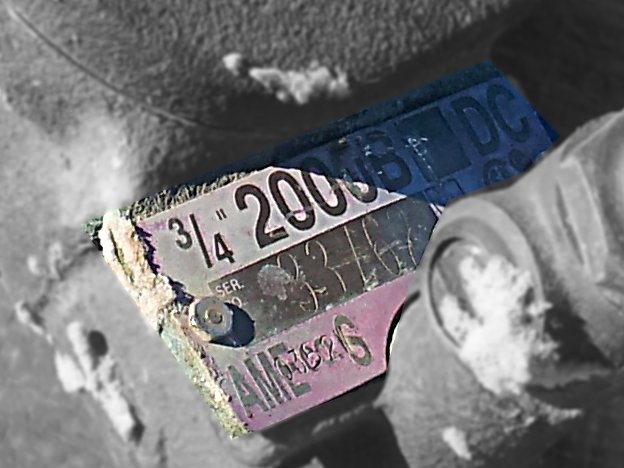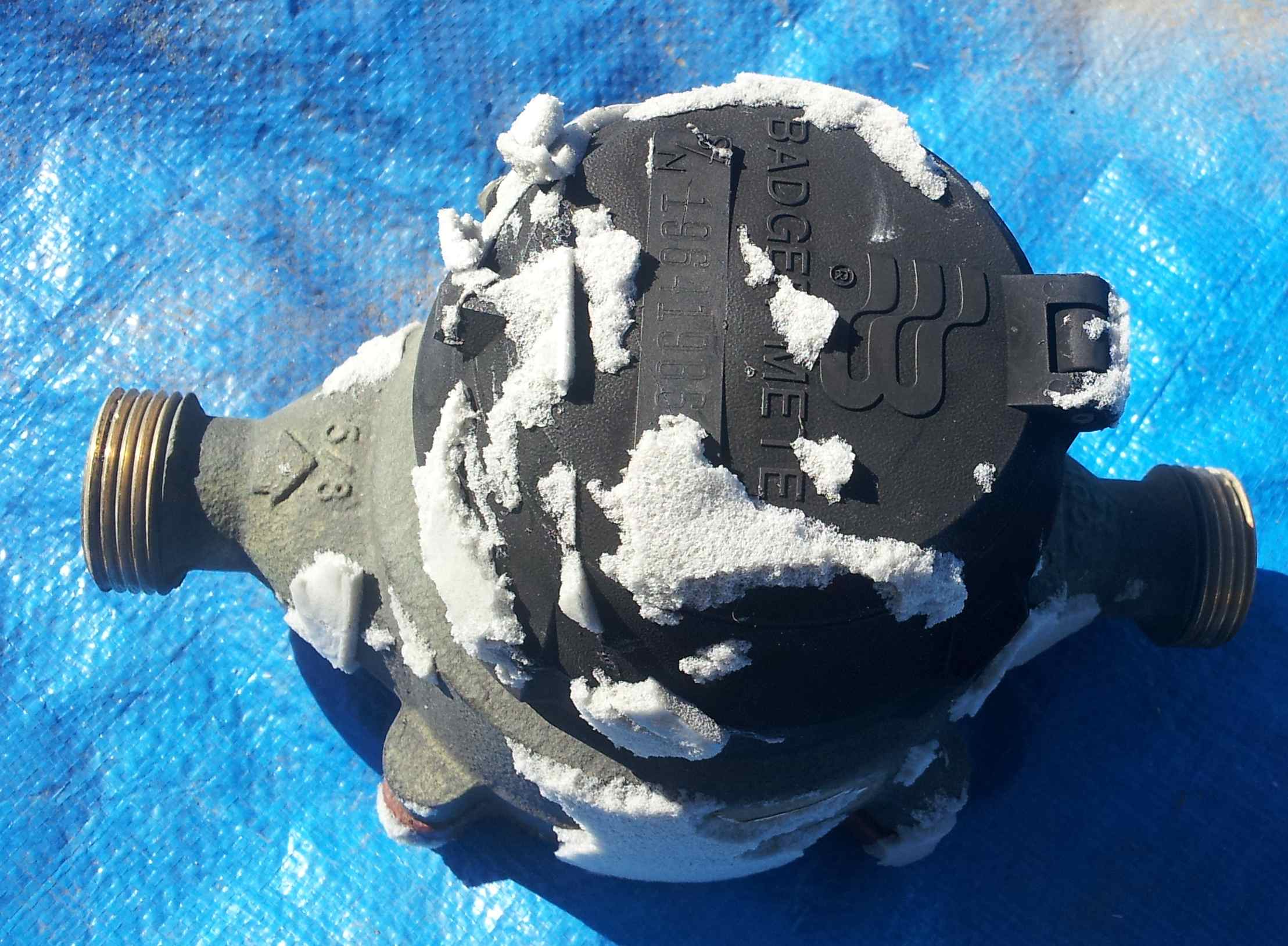It’s cold out there. Wonderful for winter sports, staying inside in front of the heater or fireplace, but it can be devastating to backflow devices and water pipes.
Fortunately, here in southern California the temperatures don’t get too unbearable. Although, in the higher elevations like the mountains or during the night it can become cold enough to do great damage. Pipes and your backflow device are made of metals which won’t bend a whole lot. If it doesn’t bend it breaks.
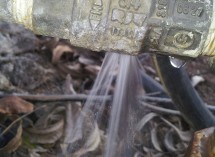
If a pipe bursts open it leaves a devastating disaster and mess. If the pipe doesn’t expand too much then there is not much harm, within reason. However, a backflow device is not so fortunate. That simple expansion, however small or large, will destroy your backflow assembly permanently.
After a backflow assembly has become even just warped it will always fail a backflow test, even if every component in it has been replaced. The only option at that point is to replace the entire backflow device.
That can get expensive. Why not just prevent this unfortunate circumstance before it happens? The time, effort and cost to winterize your backflow is much less one might imagine. Although, there are different types of backflows out there which means different ways to winterize your particular backflow device, or devices.
If you are a home owner and your backflow is used for running your sprinklers then you probably have what is known as a PVB backflow, Pressure Vacuum Breaker backflow. It’ll look something like the image below.
If your backflow looks somewhat as this one, variations depending on the make, model and size but all pretty much the same, then this will be very simple.
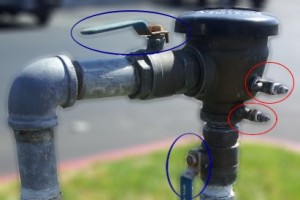
1. Be sure to close the 2 shut-off valve first (marked with the blue circles). Otherwise, it can get a bit wet.
2. There are 2 test cocks (marked by the red circles) which can be opened with a screwdriver and will drain all the water from the backflow.
3. Close the test cocks after all the water has stopped flowing.
4. The next step is to wrap the pipes with some pipe isolation and duct tape. During the end of the cold season you can return water to your backflow device.
5. Also, you might want to have a certified backflow test come out to make sure everything is running smoothly, if you feel uncomfortable doing this yourself.
If this is not your backflow assembly then it is possible it is either a DC, Double Check Valve, or an RP, Reduced Principle Backflow assembly. The later of the 2 is more common here in Southern California.

In either cases, you can NOT, I repeat, CANNOT shut off the water and drain the backflow as above. If you attempt to try this one of two things will happen. The most likely thing to happen it you will be turning off all water supply to your home or facility. The other likely thing to happen, if you have a separate water line to the backflow (though not very common) it could cause other internal problems with the backflow device, such as gaskets drying out. Which would require a huge repair job once the winter is over and you turn your water back on. Winterizing the backflow will help prevent this.
Just as the other backflow device mentioned above this type will also have 4 test cocks (marked with the red circles), but also a relief valve (marked with the blue oval). These areas should be kept open and NOT covered. The test cocks are, as the name implies, for testing the backflow and the relief valve will from time to time discharge water. If it is discharging more often then just occasionally then this means the backflow could have a problem and needs to be looked at by a certified backflow tester.
To winterize your RP type of device its very simple, quick and very inexpensive. There are readily available types of products that can be used. Pipe insulations are some of the easiest types out there.
There are foam pipe insulations. Some need to be taped (right image) and some come with the tape on the inside already (left image). These are great for the pipes bu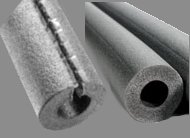 t not so much for your backflow devices. So instead it is best to use some type of a wrap. This way the device can be insulated completely and still leave the important components free, accessable and open to operate as they are entended.
t not so much for your backflow devices. So instead it is best to use some type of a wrap. This way the device can be insulated completely and still leave the important components free, accessable and open to operate as they are entended.
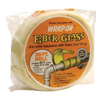 Pipe Insulation Wrap $5.04 OEA … more
|
 Pipe Insulation Wrap $9.36 OEA … more
|
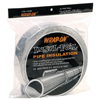 Insul-Foil Pipe Insulation $10.90 OEA Reduces sweating and heat loss Self-adhesive back for ease of installation, even permanent outdoor application… more
|
The Insul-Foil Pipe Insulation works best. Though there is a little bit of prep work needed prior to installing the tape type Pipe Insulation.
If you notice, your backflow device will have some type of identification plate located on, or near, the top. Most commonly it looks like the image below. Also, if this is a bypass backflow on a fire system there will be a meter attached to that backflow. The meter will also have a serial number on the top.
As you can see from the close up image of the meter S/N things can get messy. So, before you wrap a water meter or backflow with this sticky wrap simply wipe a thin layer of grease or Petroleum Jelly (vaseline) across those areas. This will insure the pipe insulation will not stick to the important identification.
The finished result will look something like this:
Also, notice the larger test cocks (the 3 stems at the top) on the fire system backflow are also wrapped. This will help tremendously because they can freeze and burst open just as easily as the bypass backflow and the water meter. You shouldn’t have to worry about the lager backflow.
